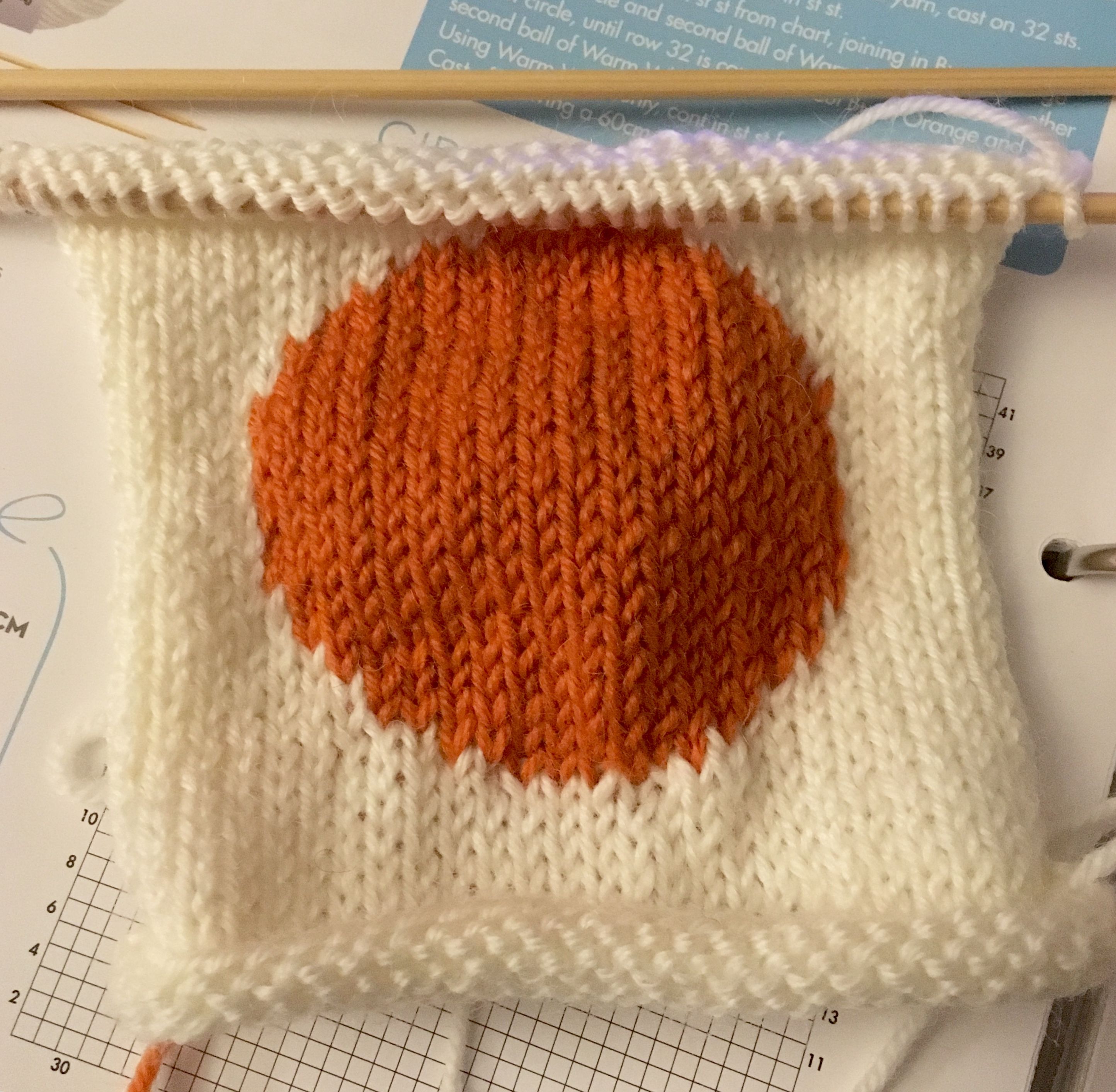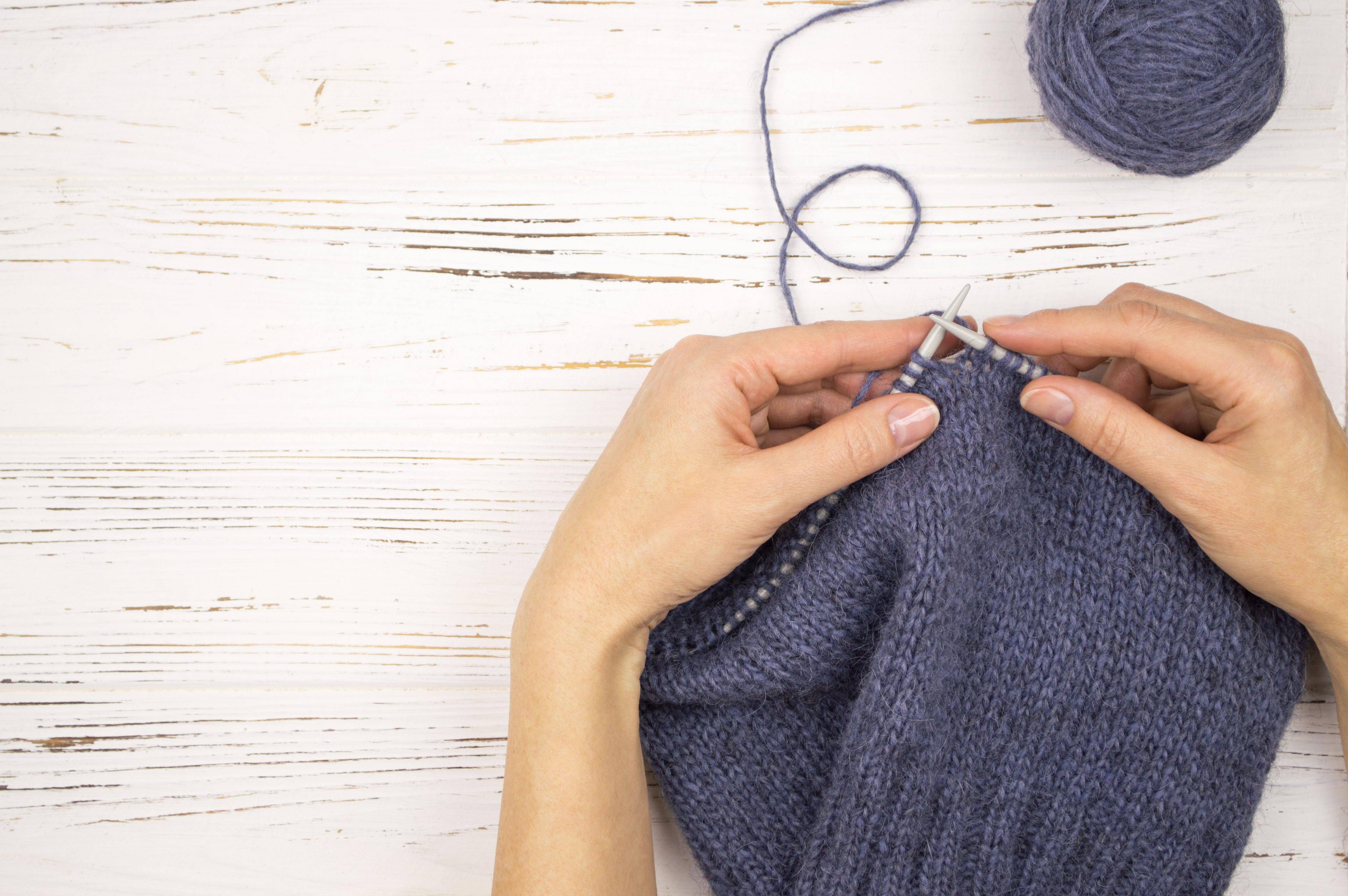
There are many choices for knitting socks. There are several options when it comes to knitting socks. You should be able find the right pattern for you. You might also want to practice knitting socks.
Leg
The leg of socks is the portion between the heel and the end cuff. This part is knit in a variety - from plain stockinette, to fancy lace - and can be made in a variety different styles. Measure your leg length from the anklebone down to the point of the leg.

The leg of a socks covers the entire length and ends at the ankle. It also comes above the heel, which is the cup-shaped pocket that fits snugly around the heel of the foot. The L-shape is the most common shape for the heel. The heel connects to the foot via a gusset. This should fit your arch.
Heel flap
The heel flap on socks adds extra knitting to the foot. It measures approximately two- to three inches in length and is turned so that the heel flap lies flat against your foot. This flap can be made using the short-rowing method, which is a technique that involves knitting backwards and forth in a row. You knit one stitch to the heel flap edge and one stitch to the next, so you will have about 16 to twenty stitches.
The heel flap is a small tube of knit stitches that slowly decrease in size until the sock is a snug fit around the ankle. There are a few tricks to learn for this stitch, but the most important is to not over-stitch the heel flap stitches. This will make them easier to pick and will not affect the durability of the heel.
Kitchener stitch
Kitchener stitch refers to a grafted stitch which mimics the tension of your knitting. This stitch is worked using two needles, one for the front and one for the back. Start by slipping the first stitch of the front needle through the first stitch on the back needle and pulling the yarn through.

The working yarn comes from the rightmost row on the back of the needle. Cut the working yarn to a length that you can work with. Thread a tapestry needle with the remaining yarn tail. Next, start knitting on needle 1 and then switch to needle 2. Pass the needle purl-wise through the first stitch of the left front needle.
FAQ
What types of hobbies are suitable for introverts?
Introverts can concentrate on one thing at the same time. They like solitude activities such as reading and writing, listening to music and watching movies.
They enjoy being alone and spending time alone. They do not like to socialize all day. In fact, they often find themselves bored when surrounded by people.
Introverts may choose to do hobbies that are more alone-oriented. For example, they may enjoy reading books, listening to music, taking photographs, painting, writing poetry, etc.
Some introverts prefer to live alone. They are able to concentrate on their hobby while not being distracted by other activities.
What is a hobby for kids?
Hobby for children is anything they enjoy doing outside of work. You might find them interested in drawing, building things, painting, writing stories, playing with toys, listening to music, reading books, watching TV, and playing computer games. They may also like to play soccer, football, basketball, cricket, rugby, baseball, and hockey.
Parents worry that their children might get in trouble if they are allowed to do what they like. However, this is not always true. Your child won't get in trouble if they are safe and don't do any harm to anyone.
It's important to remember that just because they like to do something doesn't mean that they'll always choose to do it. If they dislike writing but enjoy drawing pictures, they might opt to draw pictures.
There are many hobbies to choose from, so it's up you to find the one that interests you most.
Can I make a living from my hobby and earn money?
Many hobbies can bring in extra income.
You might consider selling items that are related to your hobby if you are passionate about it.
If you are a stamp collector, you might want to start a website that sells rare stamps.
This allows you to make additional income, without having the hassle of actually purchasing and selling stamps.
Another option is to start a YouTube channel in which you discuss your hobby.
This allows you to share your passion with others and potentially generate additional revenue by offering premium content.
What are collection hobbies?
Books, movies, music and comics are the most popular collections.
Collect stamps, coins, cars, dolls and action figures as well as art supplies, tools, jewelry, watches, gadgets and furniture.
I think you get it.
Is it possible for a hobby to make you rich?
Not necessarily.
However, it is possible to become wealthy by starting a business around your hobby.
Let's suppose you enjoy cooking. You enjoy healthy food so you opened a restaurant.
You only offer organic meals from scratch. Customers pay a small charge to cover the cost of ingredients and labor.
You will eventually be able to grow your client base and hire people who are willing to work with you.
You will eventually be able to expand your menu with vegan options and gluten-free choices, as well as desserts.
In this situation, you have a successful business which has allowed you the freedom to lead the lifestyle that you want.
Of course, this doesn't mean you must give up your day job.
Instead, you could simply run your restaurant while still holding down your regular 9-5 position.
Why do we need hobbies
Hobbies are a vital part of our lives as they allow us to unwind, relax, think creatively and exercise. They also give us the opportunity to socialize, network, and have fun. We also have the chance to learn new skills and pursue lifelong passions.
Hobbies help us to find meaning and purpose in our lives.
They are great for spending your free time when there's not much else.
They're even fun!
If you don’t make time for a hobby then it’s probably not worth your time.
Look at all the options. You might consider starting a hobby if you don't already have one.
Statistics
- Studies show that just six minutes of reading can reduce stress levels by 60 percent. (oberlo.com)
- Much of this decline reflects the fact that teens are less likely to work today than in the past; among employed teens, the amount of time spent working is not much different now than it was around 2005. (pewresearch.org)
- The intensity of the dialogue partners' bond at the end of the forty-five-minute vulnerability interaction was rated as closer than the closest relationship in the lives of 30 percent of similar students. (time.com)
- This 100% accurate personality-analyzing hobby quiz discovers your passion based on your characteristics. (quizexpo.com)
- I am 100% biologically a woman (discover.hubpages.com)
External Links
How To
How to Begin Baking
Baking is the process of making food from flour and eggs, sugar, butter, and other ingredients. Baking relies on flour, fats/sugars, leavening ingredients, salt and water. We'll be covering how to make bread. We'll use common ingredients such as yeast, flour, milk powder and egg whites, butter or olive oil, salt and honey, and water.
To bake bread, you need to mix these ingredients together. First, add the dry ingredients, flour, yeast, and salt to your mixing bowl. Then add the wet ingredients (milk powder, egg white). Combine them all. Mix in the honey, then knead until the dough is smooth. Let the dough rise for around 30 minutes. After rising, the dough should feel light and soft. Roll the dough out and place it on a baking tray. Bake at 180degC for 15 minutes.